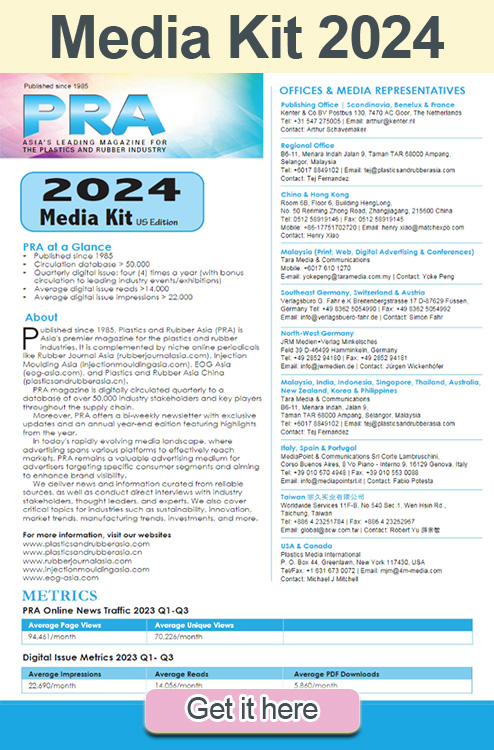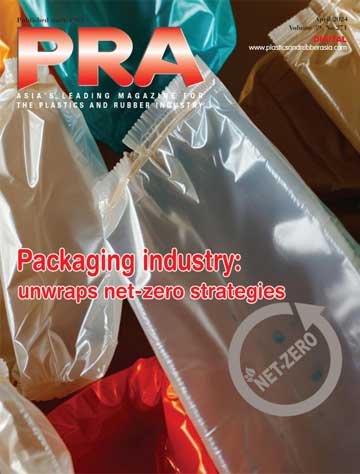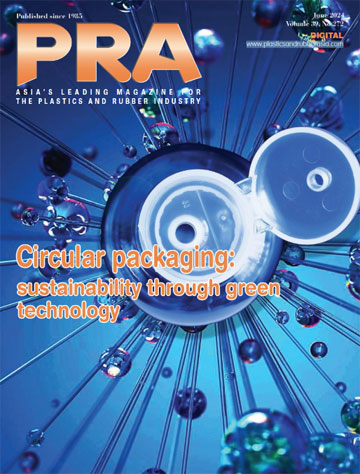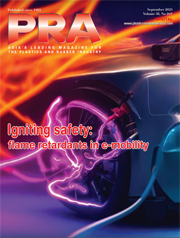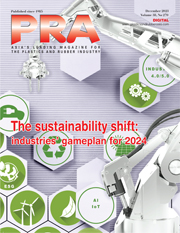Country Focus: Taiwan’s blueprint for a progressive carbon-neutral future
Taiwan is advancing sustainable energy and maintaining semiconductor industry leadership with clear strategies, adds Angelica Buan in this report.
Taiwan is rapidly emerging as a leader in sustainable innovation, combining its economic strengths with a strong commitment to a circular economy. As the 23-million-population East Asian nation advances its green energy initiatives, it is paving the way for its electric vehicle and semiconductor industries to thrive while leading in environmental responsibility, positioning the country as a global leader in both technology and sustainability.
Taiwan plays a crucial role in the global supply chain, leading in the integrated circuit (IC) industry and excelling in consumer goods such as footwear, as well as in textile R&D and production. However, its reliance on imported resources poses challenges to its economic development.
In response, Taiwan unveiled its “Pathway to Net-Zero Emissions in 2050” in 2022, a comprehensive plan focused on transforming energy, industry, lifestyle, and society.
Supported by technological innovation and climate legislation, this plan includes 12 strategic initiatives to achieve net-zero emissions, featuring plans for energy transitions, industrial shifts, and green transportation.
Taiwan’s green energy push
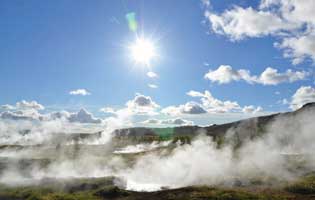
Taiwan is making a strategic pivot towards renewable energy, which not only increases the use of wind, solar, and other green energy sources but also helps industries reduce greenhouse gas emissions (GHG), aligning economic growth with environmental responsibility.
According to Taiwan’s National Development Council (NDC) 2022 Phased Goals and Actions Toward Net-Zero Transition report, the country plans to boost the share of renewables in its energy mix from 2025 to 2050.

Specific targets include installing 91 MW of hydrogen capacity by 2025; 891 MW by 2030; and 7,300 MW by 2050, aiming for a reduction of 6,700 tonnes of GHG emissions by 2030 through hydrogen alone. To achieve these goals, Taiwan will collaborate with major hydrogen producers, expand hydrogen import sources, and build infrastructure for production, transportation, and storage, including international supply chains and liquid hydrogen stations.
Additionally, Taiwan is advancing blue hydrogen with CCSU testing and localised production technologies and plans to achieve 5% mixed combustion by 2030. The green energy roadmap also focuses on innovative sources such as geothermal, bioenergy, and ocean energy.
For wind and solar PV, the total installations targets by 2050 are 40 to 55 MW and 40 to 80 MW, respectively. For geothermal energy, Taiwan is eying installations from 20 MW in 2025 to 6.2 GW by 2050, aiming to cut 180 to 620 kilotonnes of GHG emissions by 2030.
Bioenergy targets include 778 MW by 2025; 805 to 1,329 MW by 2030; and 1.4 to 1.8 GW by 2050, with expected reductions of 2.18 to 4 million tonnes of GHG emissions by 2030.
Ocean energy installations are projected to grow from 0 to 0.1 MW by 2025 to between 1.3 and 7.5 GW by 2050, aspires reductions of 0.13 to 1.3 kilotonnes of GHG emissions by 2030.
Innovative energy strategies include developing a unified firing system with incentives for coal-to-biomass units, sourcing pellet biomass, and optimising conversion technologies while improving economic benefits through effective use of by-products like ash and biogas residue.
Authorities estimate that NT$4 trillion will be invested in the net-zero transition and zero-carbon technology deployment by 2030, which is expected to generate NT$5.9 trillion in production value and create over half a million jobs.
Subscribe to Get the Latest Updates from IMA Please click here
©2024 Injection Moulding Asia. All rights reserved.
